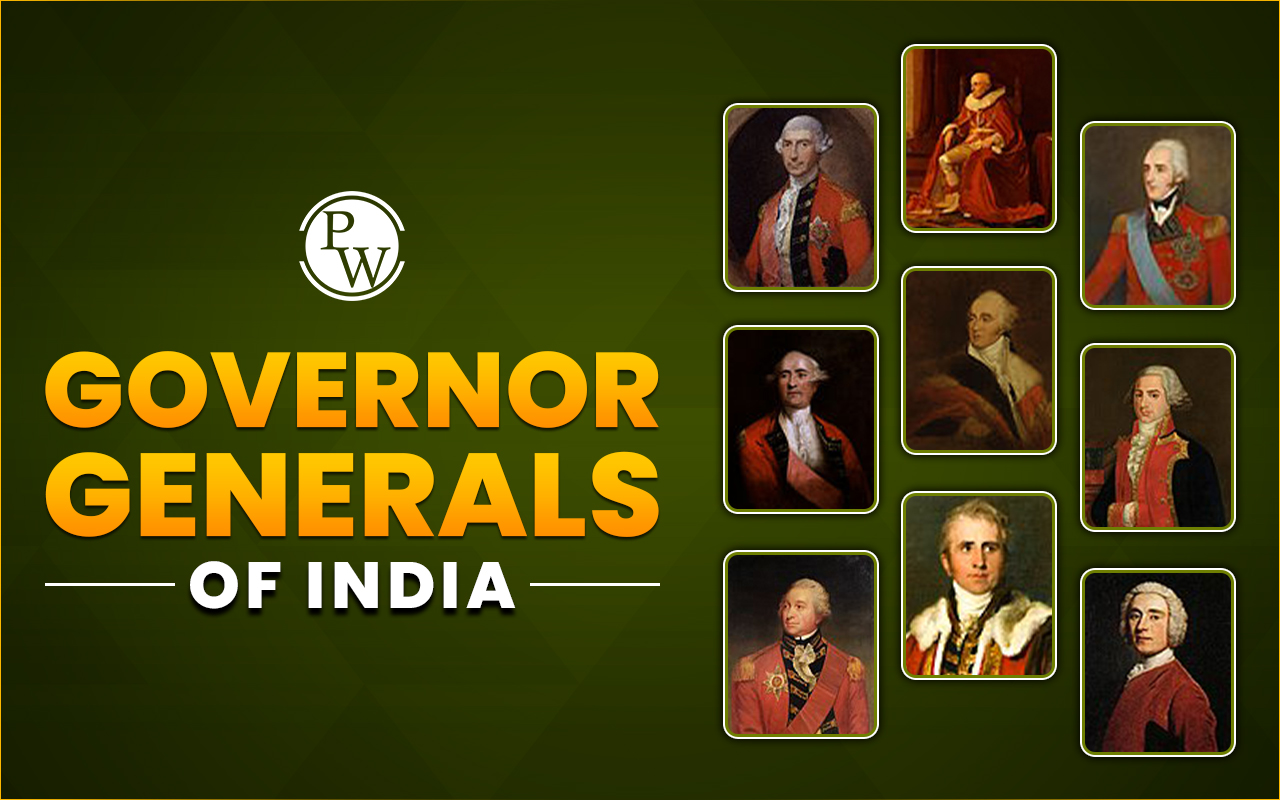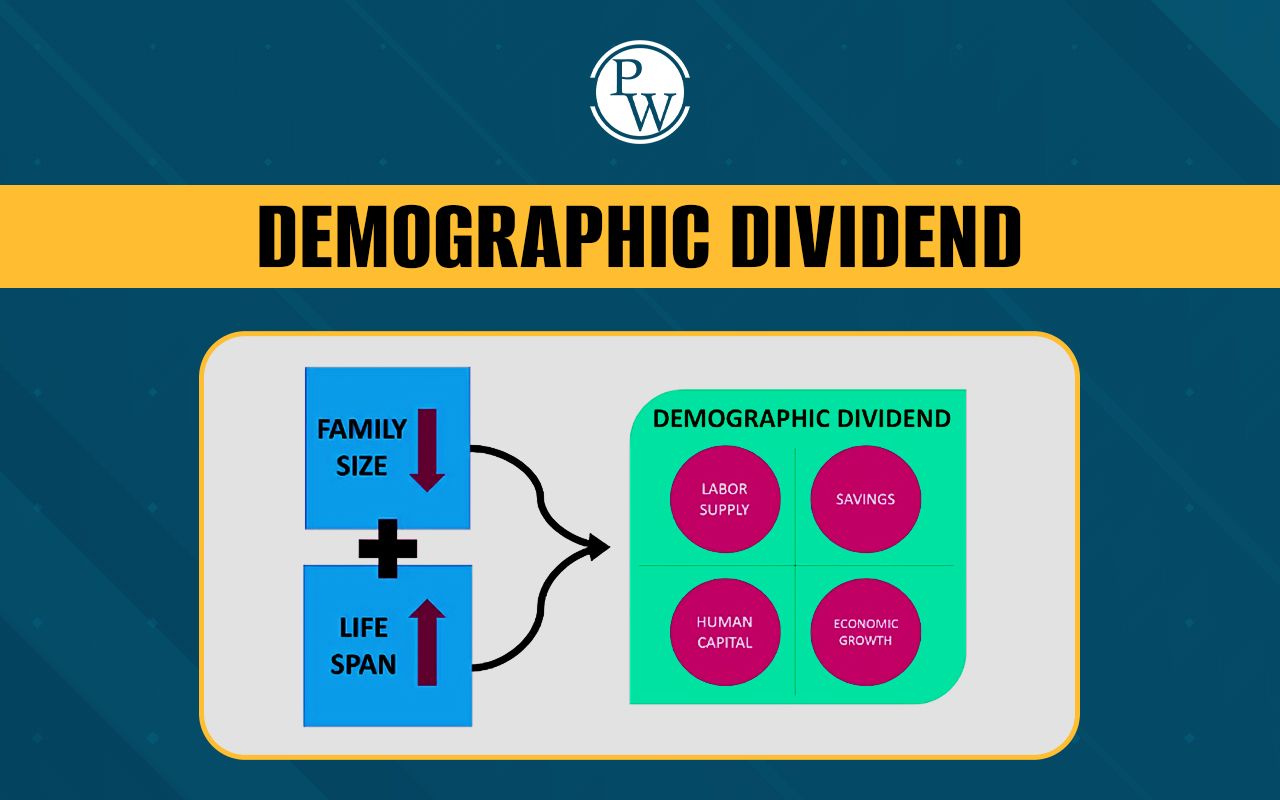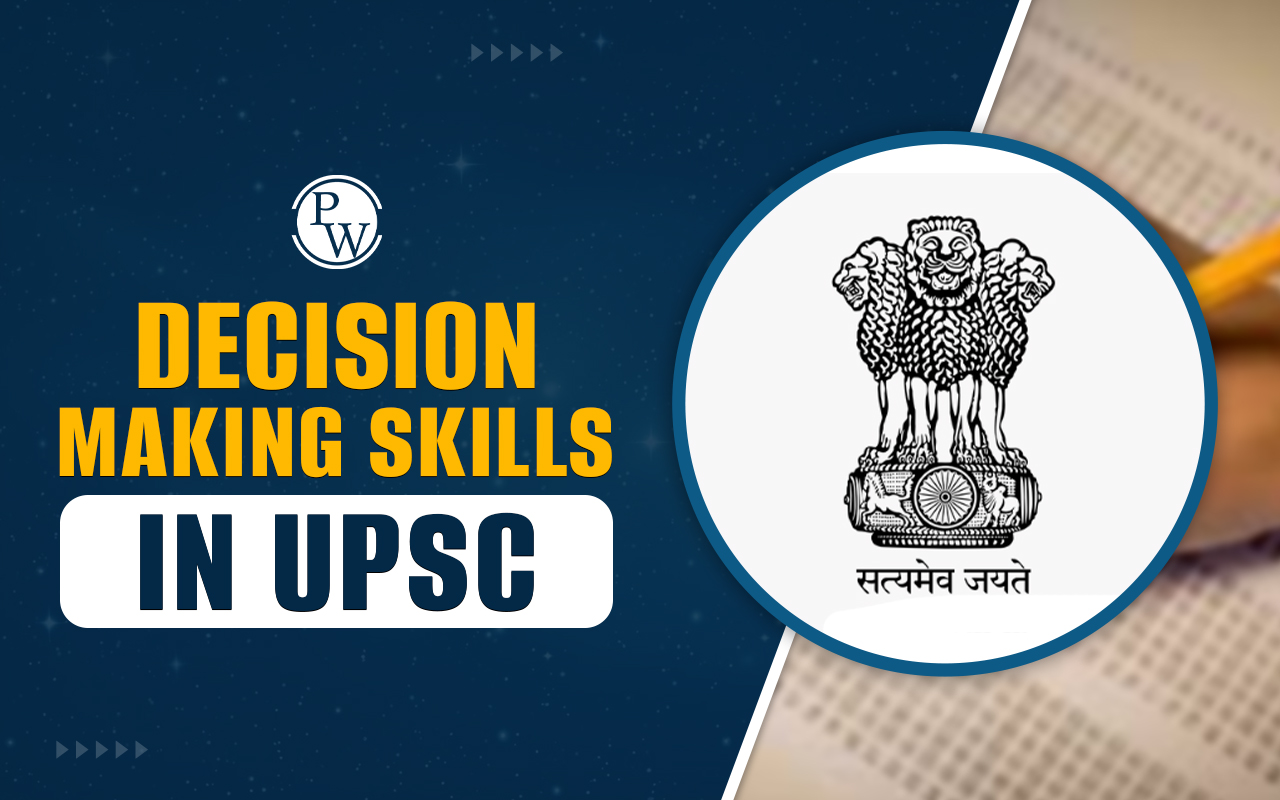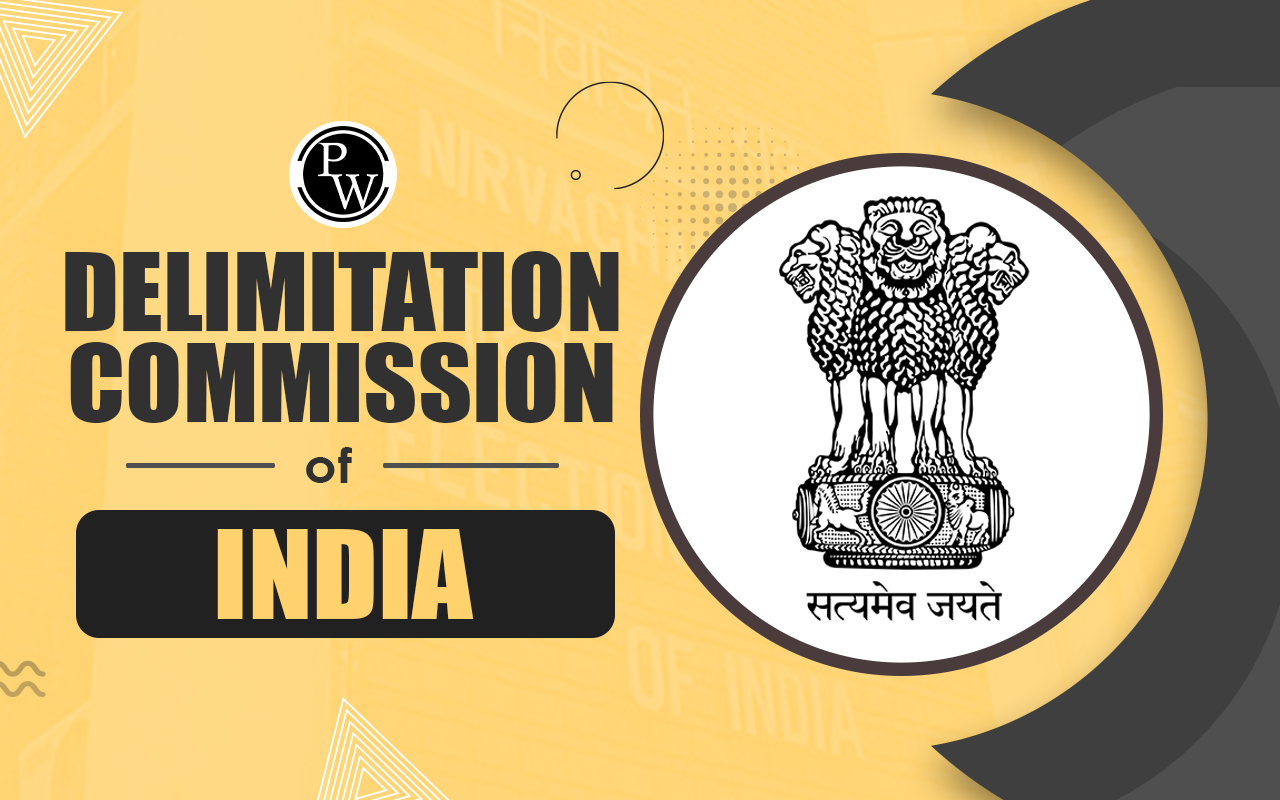

Governor Generals of India: The history of India’s governance during British rule is intricately tied to the roles and contributions of the Governor Generals of India. The Governor Generals of India were key figures in the administrative and political landscape of India under British rule.
Their decisions and policies established British supremacy and laid the foundation for many modern institutions in India. From the first Governor General of Bengal to the first Indian Governor General of India, this office witnessed significant transitions and milestones.
List of Governors-General of Bengal
The Governors-General of Bengal played a pivotal role in laying the foundations of British administration in India. They implemented crucial reforms in governance, judiciary, and socio-economic policies while navigating early resistance to colonial rule.
| Name | Tenure | Notable Contributions |
| Warren Hastings | 1772-1785 |
|
| Lord Cornwallis | 1786-1793 |
|
| Sir John Shore | 1793-1798 |
|
| Lord Wellesley | 1798-1805 |
|
| Sir George Barlow | 1805-1807 |
|
| Lord Minto I | 1807-1813 |
|
| Lord William Bentinck | 1828-1835 |
|
List Governor Generals of India
With the transition from Bengal to India-wide governance in 1833, these leaders played a transformative role in shaping modern Indian administration. Their contributions spanned education, infrastructure, and social reforms.
| Name | Tenure | Notable Contributions |
| Lord William Bentinck | 1828-1835 |
|
| Lord Charles Metcalfe | 1835-1836 |
|
| Lord Auckland | 1836-1842 |
|
| Lord Ellenborough | 1842-1844 |
|
| Lord Hardinge I | 1844-1848 |
|
| Lord Dalhousie | 1848-1856 |
|
| Lord Canning | 1858-1862 |
|
| C. Rajagopalachari | 1948-1950 |
|
List of Viceroys of India
The Government of India Act 1858 marked a significant turning point in Indian history by ending the rule of the East India Company and transferring governance directly to the British Crown. The position of the Viceroy was introduced to represent the Crown, shaping India's political and administrative landscape until independence in 1947.
| Viceroy | Tenure | Notable Contributions |
| Lord Canning | 1858-1862 |
|
| Lord Elgin | 1862-1863 |
|
| Lord Lawrence | 1864-1869 |
|
| Lord Mayo | 1869-1872 |
|
| Lord Northbrook | 1872-1876 |
|
| Lord Lytton | 1876-1880 |
|
| Lord Ripon | 1880-1884 |
|
| Lord Dufferin | 1884-1888 |
|
| Lord Lansdowne | 1888-1894 |
|
| Lord Elgin II | 1894-1899 |
|
| Lord Curzon | 1899-1905 |
|
| Lord Minto II | 1905-1910 |
|
| Lord Hardinge II | 1910-1916 |
|
| Lord Chelmsford | 1916-1921 |
|
| Lord Reading | 1921-1926 |
|
| Lord Irwin | 1926-1931 |
|
| Lord Willingdon | 1931-1936 |
|
| Lord Linlithgow | 1936-1944 |
|
| Lord Wavell | 1944-1947 |
|
| Lord Mountbatten | 1947-1948 |
|
First Governor General of Bengal
Warren Hastings was the first Governor-General of Bengal from 1772-1785. It was an English statesman and the head of the Supreme Council of Bengal.
First Governor General of India
Lord William Bentinck became the first governor general of India in 1835. After 1858, the governor-general functioned as the chief administrator of India and as the sovereign's representative.
Legacy of the Governors-General
The Governor Generals of India left behind a complex legacy. They introduced reforms in education, infrastructure, and governance, but their policies often prioritized British interests, which led to economic exploitation and social disruptions. Notable achievements included:
- Abolishing practices like Sati and Thugee.
- Establishing universities and railways.
- Introducing the Indian Penal Code and modern civil services.
However, events like the Partition of Bengal, the handling of famines, and exploitative land revenue systems highlight the controversial aspects of their governance. The transition from British-appointed governor generals to Indian leadership symbolizes India’s journey toward self-governance and independence.
Origins of the Governor General Post
The position of the Governor General originated with the Regulating Act of 1773 , which created the title Governor General of Bengal to streamline governance. This post was later expanded to include the title Governor General of India under the Charter Act of 1833, reflecting the growing influence of British rule across the subcontinent.
The position of the Governor General of India was established to oversee British interests in India, ensure administrative efficiency, and implement colonial policies. Over time, the office’s powers expanded, with significant legislative, administrative, and military responsibilities granted in the role.
Evolution of the Governor Generalship
The office of the Governor General underwent significant transformations, reflecting the changing nature of British rule in India. Starting as the first Governor General of Bengal, the role eventually became central to administering British India.
- First Governor General of Bengal : Warren Hastings (1773–1785) laid the foundation for administrative reforms and established the Supreme Court at Calcutta.
- First Governor General of India : Lord William Bentinck (1828–1835) marked a shift in the title and oversaw social reforms like the abolition of Sati.
- Last Governor General and First Viceroy of India : Lord Canning (1858–1862) transitioned the role to represent the British Crown after the Indian Rebellion of 1857.
- First Governor General of Independent India : Lord Mountbatten (1947–1948) played a crucial role in India's independence and partition.
- First Indian Governor General of India : Chakravarti Rajagopalachari (1948–1950) worked as the last holder of the post before India became a republic.
Responsibilities and Legacy of the Governor Generals
The Governor Generals of India were responsible for policy implementation, overseeing British interests, and managing the vast territories of India. Their tenure saw the enactment of significant reforms, the establishment of infrastructure, and notable socio-political developments.
UPSC Relevance to Governor Generals of India
The topic of the Governor Generals of India holds immense importance in the UPSC examination, especially for General Studies Paper-I and History Optional.
- Aspirants are frequently tested on significant reforms, policies, and events associated with the Governors-General and Viceroys.
- Understanding their contributions provides insight into the evolution of the British colonial administration and its impact on India's freedom struggle.
| Download PYQs on Governor Generals of India |
| Click Here |
Governor General of India UPSC
The era of the Governor Generals of India represents a transformative period in Indian history. From the early days of the East India Company to the end of British rule, these officials shaped India's trajectory in profound ways. While their contributions to administration and modernization are undeniable, their legacy remains intertwined with the challenges of colonialism, which India overcame to develop its path as a republic.
Ready to take the next step in your UPSC journey? Explore the UPSC Online course today!
| UPSC Related Articles | ||
| UPSC Prelims Previous Year Questions Paper | NCERT for UPSC Exam 2025 | UPSC Admit Card |
| UPSC Exam Pattern | UPSC Syllabus 2025 | UPSC Result |
<span style=
Q1. Who was the first Governor General of Bengal?
Q2. Who was the first Governor General of India?
Q3. Who was the last Governor General and first Viceroy of India?
Q4. Who was the first Governor General of Independent India?
Q5. Who was the first Indian Governor General of India?
Q.6 What is the significance of the list of Governor General of India?








